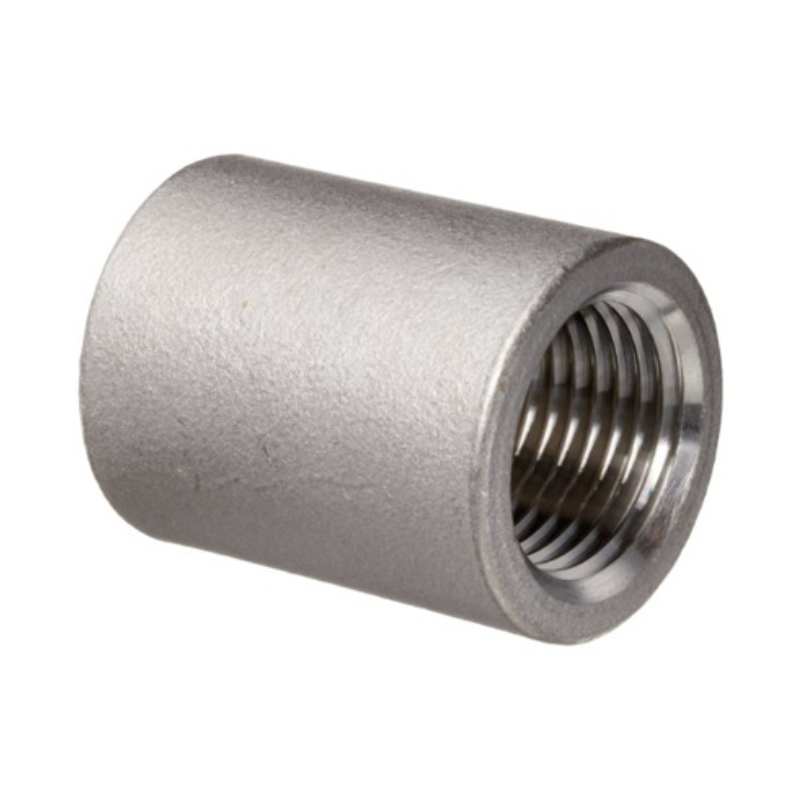-
Cangzhou Yulong Steel Co., Ltd.
-
Phone:
+86 13303177267 -
Email:
admin@ylsteelfittings.com
- English
- Arabic
- Italian
- Spanish
- Portuguese
- German
- kazakh
- Persian
- Greek
- French
- Russian
- Polish
- Thai
- Indonesian
- Vietnamese
- Zulu
- Korean
- Uzbek
- Hindi
- Serbian
- Malay
- Ukrainian
- Gujarati
- Haitian Creole
- hausa
- hawaiian
- Hebrew
- Miao
- Hungarian
- Icelandic
- igbo
- irish
- Japanese
- Javanese
- Kannada
- Khmer
- Rwandese
- Afrikaans
- Albanian
- Amharic
- Armenian
- Azerbaijani
- Basque
- Belarusian
- Bengali
- Bosnian
- Bulgarian
- Catalan
- Cebuano
- China
- China (Taiwan)
- Corsican
- Croatian
- Czech
- Danish
- Esperanto
- Estonian
- Finnish
- Frisian
- Galician
- Georgian
- Kurdish
- Kyrgyz
- Lao
- Latin
- Latvian
- Lithuanian
- Luxembourgish
- Macedonian
- Malgashi
- Malayalam
- Maltese
- Maori
- Marathi
- Mongolian
- Myanmar
- Nepali
- Norwegian
- Norwegian
- Occitan
- Pashto
- Dutch
- Punjabi
- Romanian
- Samoan
- Scottish Gaelic
- Sesotho
- Shona
- Sindhi
- Sinhala
- Slovak
- Slovenian
- Somali
- Sundanese
- Swahili
- Swedish
- Tagalog
- Tajik
- Tamil
- Tatar
- Telugu
- Turkish
- Turkmen
- Urdu
- Uighur
- Welsh
- Bantu
- Yiddish
- Yoruba

Nov . 06, 2024 00:27 Back to list
Understanding ANSI B16.5 Class 150 Slip-On Flange Specifications and Applications
Understanding Slip-On Flanges ANSI B16.5 Class 150
When it comes to piping systems, flanges are essential components that allow for easy assembly and disassembly of piping lines. Among the various types of flanges, slip-on flanges are particularly favored for their versatility and functionality. This article focuses on the slip-on flange as per the ANSI B16.5 standard, specifically Class 150, highlighting its construction, applications, advantages, and installation considerations.
What is a Slip-On Flange?
A slip-on flange is a type of flange that is designed to slip over the end of a pipe. It is characterized by its simple design, which consists of a circular disc with a raised face or flat face that allows for easy attachment of bolts and nuts. This design makes slip-on flanges an excellent choice for a wide range of piping applications. According to ANSI B16.5, these flanges are available in various pressure classes—including Class 150—ensuring compatibility with different service requirements.
ANSI B16.5 Standard
The ANSI B16.5 standard outlines the specifications for pipe flanges and flanged fittings used in piping applications. This standard includes details on materials, dimensions, tolerances, and pressure-temperature ratings. Class 150 flanges are designed to handle service pressures up to 150 psi at 100°F and are typically used in lower pressure applications. This makes Class 150 slip-on flanges suitable for water, gas, and steam systems, among others.
Construction and Material
Slip-on flanges conforming to ANSI B16.5 Class 150 are generally made from various materials, including carbon steel, stainless steel, and alloy steel. The choice of material is crucial, as it directly affects the flange's strength, corrosion resistance, and overall durability. Common materials include ASTM A105 for carbon steel and ASTM A182 for stainless steel. The fabrication process often involves forging or casting, ensuring that the flanges exhibit the necessary mechanical properties for their intended applications.
Applications
slip on flange ansi b16 5 class 150

Due to their design and ease of installation, slip-on flanges are widely used in numerous industries, including oil and gas, chemical processing, water treatment, and HVAC systems. They are ideal for applications where the pipe alignment is relatively simple and where there may be a need for frequent disassembly, such as maintenance or inspection activities. Common applications include connecting piping systems in refineries, power plants, and water distribution networks.
Advantages of Slip-On Flanges
One of the most significant advantages of slip-on flanges is their ease of installation. Since they are designed to slide over the pipe, they require less precision in alignment compared to welded flanges. This characteristic reduces installation time and minimizes the risk of misalignment, making them a cost-effective choice. Additionally, slip-on flanges offer flexibility in design, as they can accommodate different pipe sizes and materials easily.
Another benefit is the ability to replace or repair the flange without extensive modifications to the piping system. In situations where maintenance is required, slip-on flanges can be disassembled quickly, allowing for efficient inspections and repairs.
Installation Considerations
Although slip-on flanges are relatively simple to install, certain considerations should be kept in mind to ensure a successful installation. First, it is essential to ensure that the flange is aligned correctly with the pipe to avoid stress concentrations. Proper bolt tightening is essential to create a leak-free seal; therefore, using a torque wrench to achieve the required specifications is advisable. Additionally, the flange surfaces should be cleaned and, if necessary, gasketed to prevent leakage at the joint.
Conclusion
In summary, slip-on flanges conforming to the ANSI B16.5 Class 150 standard are versatile and widely used components in piping systems. Their ease of installation, wide range of applications, and durable construction make them a preferred choice across various industries. Understanding their features and installation requirements is vital for anyone involved in designing, maintaining, or operating piping systems. As industries evolve and integrate innovative materials and technologies, the importance and usage of slip-on flanges are likely to persist in the foreseeable future.
Latest news
-
ANSI 150P SS304 SO FLANGE
NewsFeb.14,2025
-
ASTM A333GR6 STEEL PIPE
NewsJan.20,2025
-
ANSI B16.5 WELDING NECK FLANGE
NewsJan.15,2026
-
ANSI B16.5 SLIP-ON FLANGE
NewsApr.19,2024
-
SABS 1123 FLANGE
NewsJan.15,2025
-
DIN86044 PLATE FLANGE
NewsApr.19,2024
-
DIN2527 BLIND FLANGE
NewsApr.12,2024
-
JIS B2311 Butt-Welding Fittings LR/SR 45°/90° /180°Seamless/Weld
NewsApr.23,2024











